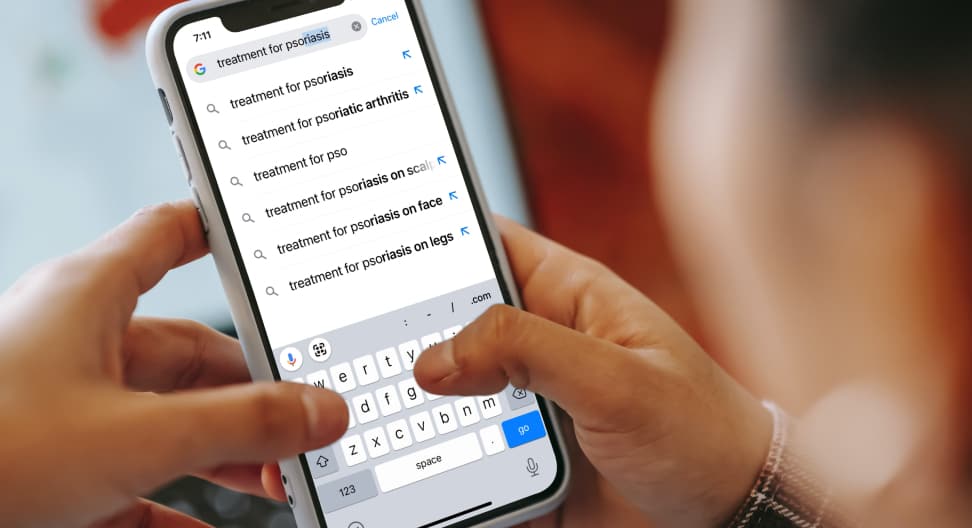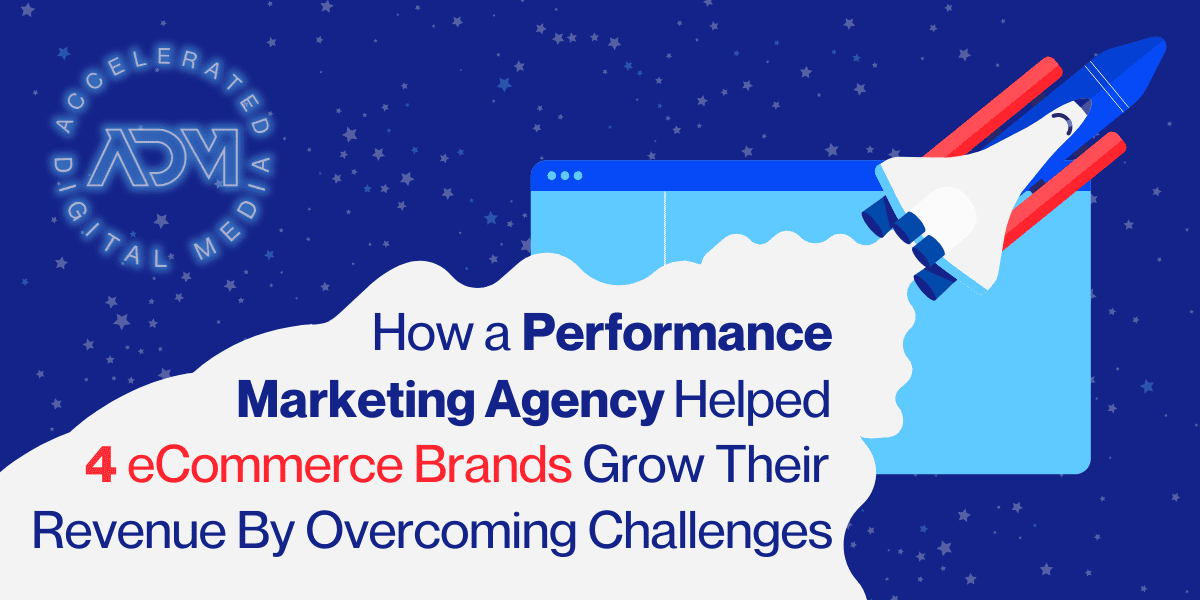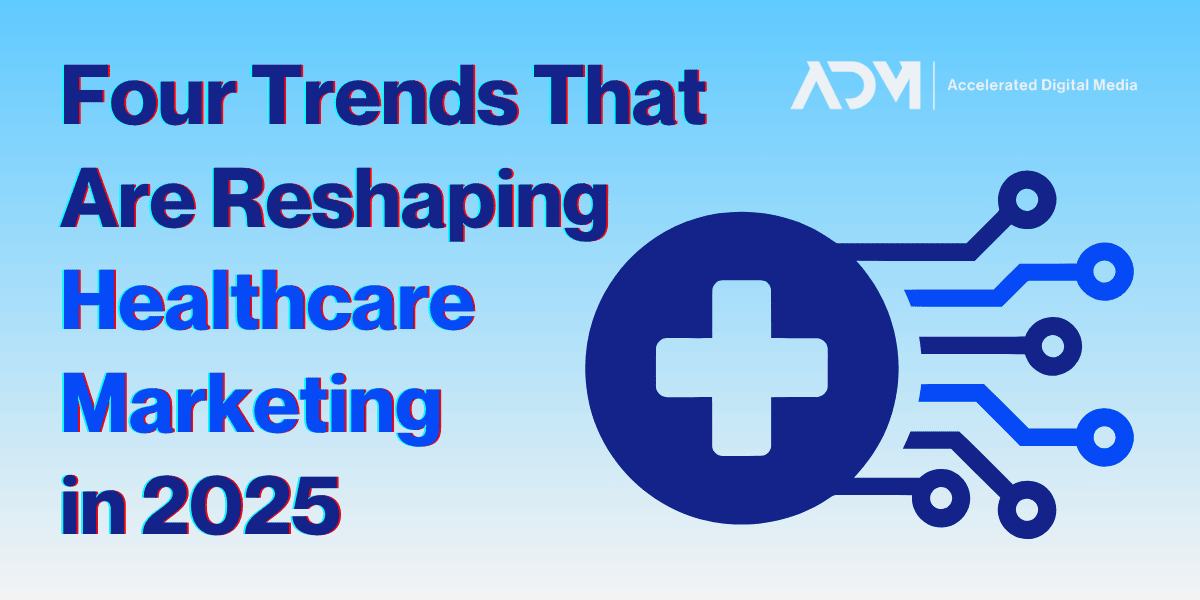It’s no secret that eCommerce has significantly influenced the global healthcare market. And that’s especially true given the digital shift the Covid-19 global pandemic ushered in.
But that doesn’t mean search engine marketing (SEM) strategies applicable in other eCommerce verticals work for D2C health marketers. In fact, many of them don’t. Experts in SEM for D2C health understand these differences and know how to leverage the unique needs of their industry for their brand’s success. As search engines continue to become the primary way people find health products and solutions, a strong SEM strategy catered to your digital health brand is essential.
Here are eight ways SEM for digital health differs from traditional eCommerce.
1. The D2C Health Brand Funnel is More Robust
In traditional eCommerce, user journeys and search patterns are often flatter and more straightforward than digital health queries. For instance, if a customer needs shoes, they simply type the word “shoes” into Google. They may add a few qualifying adjectives to refine the results (think “closed-toe hiking shoes” or “running shoes”). Sometimes they will search for reviews or comparisons. But their general need for and intention to purchase shoes is clearly established from the first search query.
For health marketers, identifying a patient’s search intention and underlying need is not so simple. Online health searches are demanding because they are so much more diverse. The journey a patient takes and the keywords and phrases they enter can vary widely. A patient might type in a symptom or sub-symptom they are experiencing. Or they might enter the name of a medication, search for products or services available locally, or look up your brand’s name.
As a result, digital health SEM experts must craft more complex and nuanced strategies to succeed. For instance, customized landing page copy must be created to speak to all relevant search intentions. Your landing page messaging must clearly align with all ad campaigns and group structures along a full-funnel sales strategy.
2. D2C Health Paid Search Balances Consultative Selling vs. Transactional Selling
Most eCommerce paid search models lean toward transactional selling versus consultative selling. However, when it comes to healthcare, it’s important to remember that the primary goal of D2C health brands and providers goes beyond simply boosting their bottom line. The primary purpose is to improve patient outcomes. The copy used in ad campaigns and on your landing pages should power relevant and informed patient conversations and actions. In turn, these interactions will lead to better patient health and wellness outcomes.
That said, there are shared learnings from eCommerce paid search strategies that can benefit savvy D2C digital health marketers. Take Google Shopping. This transactional channel earns a significant share of all SEM clicks, but few D2C health brands know how to leverage it while remaining a compliant and consultative provider. The key is to take cues from eCommerce — ensuring all websites and landing pages are compliant with Google Shopping ads policy — while remaining true to the healthcare’s consultative approach.
3. The Stakes Are Higher for D2C Health Marketing Campaigns
SEM health brand marketers have an increased burden of due diligence. They must ensure that health information in their ads or on landing pages is clinically relevant, accurate, and validated by medical best practices. After all, your website and landing pages can significantly impact a patient’s health or financial stability.
It’s never been harder to earn patients’ trust online. Consumer studies report 52 percent of the U.S. population is concerned that the healthcare content they read online is not credible. Protecting your digital health brand’s reputation and your patients’ health requires stringent SEM approval processes to ensure the accuracy of ads and landing pages. Incorrect information wastes ad spend and time, jeopardizes your reputation, and puts your patients at risk.
Conversely, the more accurate the health information is on your landing pages, the more your brand helps refine Google’s machine learning and search results. When your landing pages display accurate information and patients come to the website looking for something you can’t provide, Google will notice the bounce activity and start investigating what distinguishes people into segments within this search landscape. Once Google acquires enough data, it will recognize users who aren’t relevant to your landing page and direct them to a different path.
4. Healthcare SEM Campaigns Often Require Additional Certifications
Special certifications are needed to advertise certain healthcare products or services on platforms like Google and Bing. For example, online pharmacies and brands related to prescription care must be certified through Legitscript or hold certification from the National Association of Boards Pharmacy (NABP).
Further, Google presents an additional hoop many D2C health marketers must jump through. The platform requires certification through its online application form for any of the following:
- Online pharmacies
- Pharmaceutical manufacturers
- Any advertisers using prescription drug terms in ad text or landing pages
- Any health insurance advertisers
If your ads or landing page text violate any of Google’s requirements, your ad will be disapproved, and Google might flag and further penalize your account.
5. Don’t Rely on First Party Audiences or Retargeting
Many eCommerce marketers rely heavily on Google’s powerful audience segmentation, targeting, and retargeting abilities to serve their ads to customers at just the right time. But D2C health marketers have one hand tied behind their backs regarding audience tracking and targeting in their campaigns. This is because Google does not allow healthcare marketers to target or retarget medically-sensitive audiences (such as individuals with cancer). The platform carries one of the most restrictive digital health advertising policies. Specifically, digital health marketers are limited in their use of these Google features:
- Remarketing
- Affinity audiences
- Customer affinity audiences
- In-market audiences
- Similar audiences
- Demographic and location targeting
- Gmail ads
There is some wiggle room when navigating Google’s policy, but it takes an expert search engine marketer experienced in digital health marketing.
6. Ad and Landing Page Copy Compliance is More Complex
Health brand SEM practitioners must be continually vigilant of patient privacy protections like HIPAA that impact whom their ads can target or retarget. They must also be fluent in Google’s healthcare and medicines advertising regulations.
For example, Google doesn’t allow the promotion of a variety of content in ads or landing pages that include any restricted drugs terms or unapproved substances, including prohibited pharmaceuticals and supplements; any product containing Ephedra; herbal or dietary supplements with dangerous ingredients (and much more).
Google also has rules around advertising for opioid painkillers, speculative medical treatments, clinical trial recruitment, HIV home tests, abortion services, and addiction services — and these rules may vary from country to country.
7. Your D2C Health Brand KPIs Might Be Different
Some of the same KPIs used in eCommerce marketing are undoubtedly relevant to D2C health brand marketers. But there are additional KPIs health search engine marketers must be aware of, especially regarding patient conversion rate.
Digital health marketers must define and map relevant KPIs to their brand’s business model and patient journey. This requires expert understanding of the healthcare industry and the nuance of patient acquisition for health brands.
Consider the patient conversion rate in an interactive health assessment hosted on your website. Note the difference between patients who don’t complete the assessment because their insurance is rejected versus those whose insurance is accepted but fail to convert. You can only impact one of those groups — and you don’t want to waste valuable time and ad spend targeting patients whose insurance makes them ineligible for your product or service.
You should also pay more attention to KPIs relevant to referral marketing. Industry research shows referral marketing is one of the most cost-effective ways to drive patient acquisition and growth in the digital healthcare sector. Referral is often the channel with the highest conversion rate, boasting an industry average of 7.2 percent.
Finally, offline conversion tracking is essential for digital health marketers, as it can provide proof of your most successful marketing campaigns in driving revenue. For instance, 39.2 percent of patient conversions still happen over the phone in health services. And patients have a 52.3 percent higher likelihood of making such phone calls after completing a health-related search on Google.
8. SEM Insights Help D2C Health Brands Grow
Search engine marketing provides robust insights to help digital health brands grow and improve their messaging across their digital properties and campaigns. SEM insights provide valuable information into how patients think and what they need.
By leveraging SEM knowledge, D2C health brands build better business solutions to provide the best outcomes for patients. For example, measuring search volume in specific geo locations can help brands validate which states to prioritize when expanding their services. Considering search trends can also suggest future products or service lines that would most benefit patients. Finally, when SEM insights inform landing page and website funnel content, brands can use the same language their patients do in order to help them find the information they need.
From optimizing engagement at critical points of care to delivering the most relevant information patients need in their health journeys, SEM insights power critical brand strategy.




